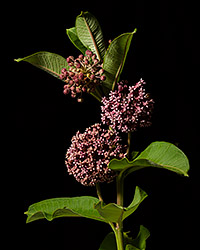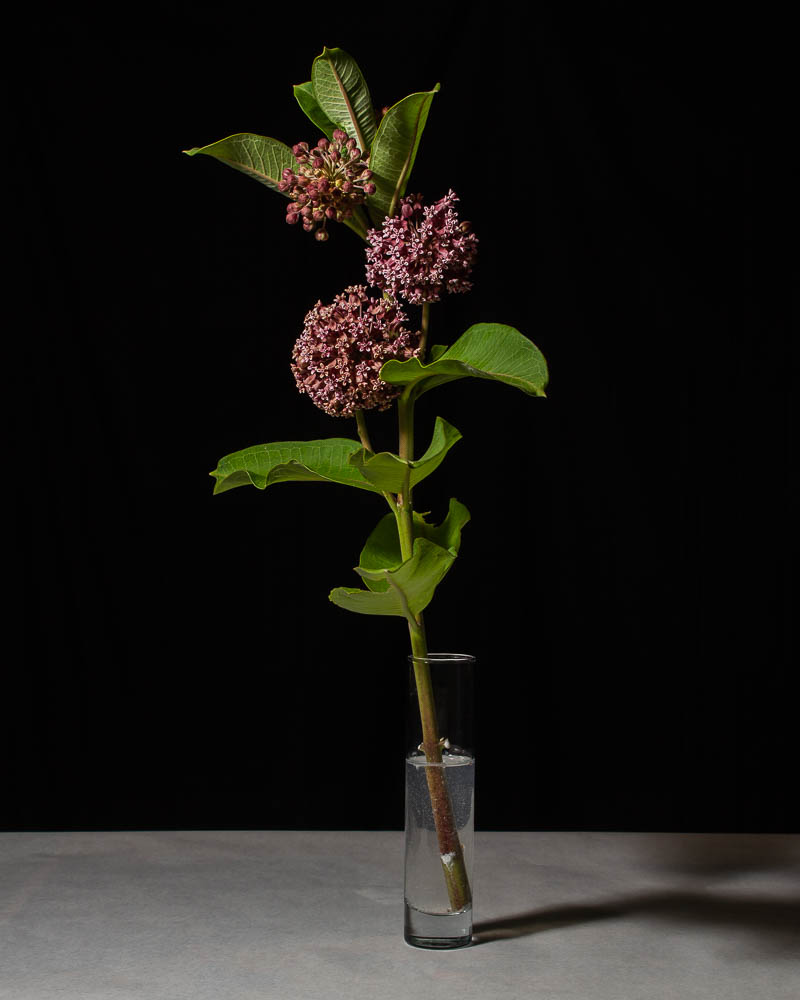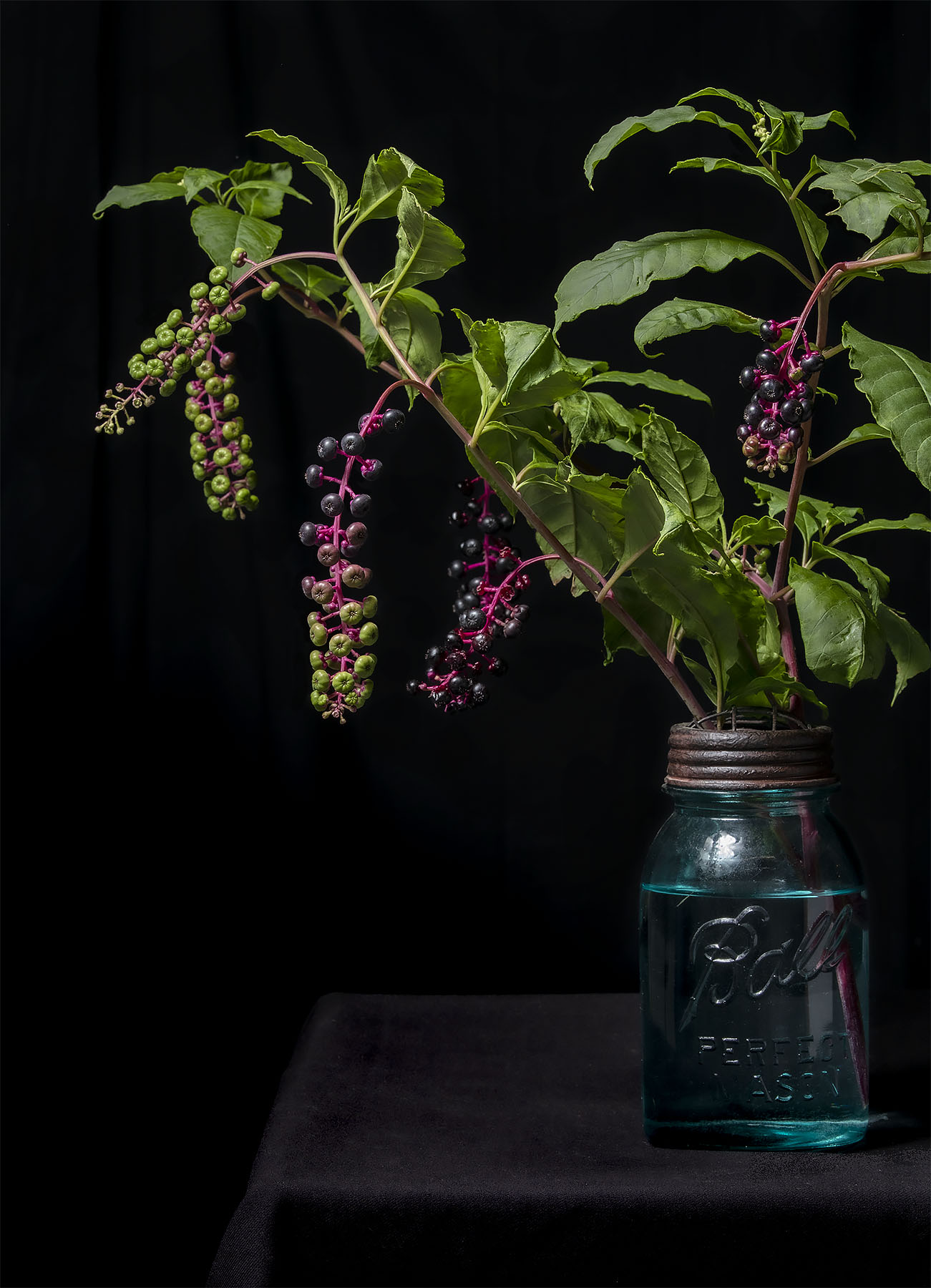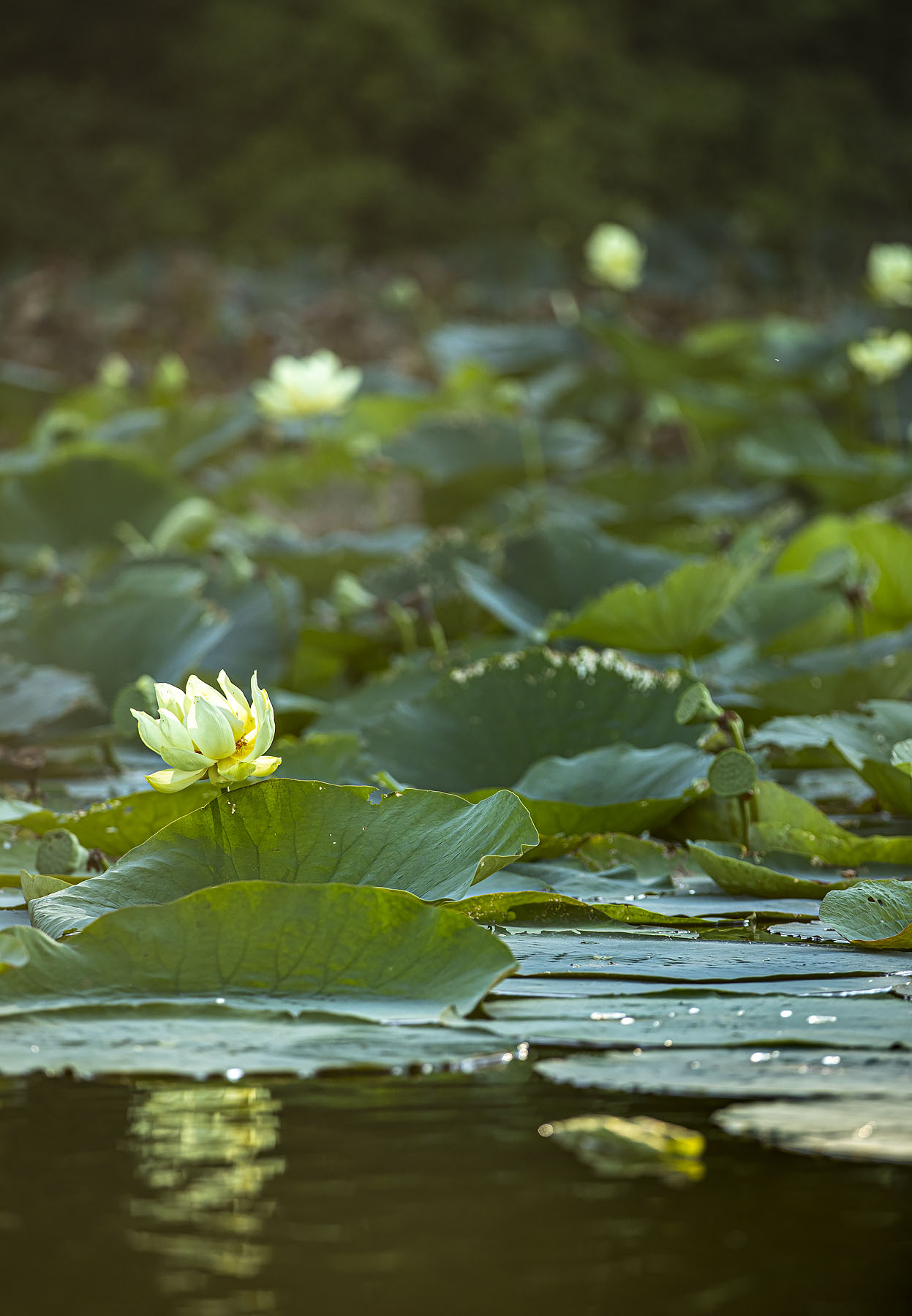So everyone knows that monarch butterflies are really into milkweed – their caterpillars eat it and the adult butterflies sip from the blooms. But take it from me, milkweed’s appeal goes way, way beyond monarchs. When I waded out of a ditch clutching milkweed cuttings, I didn’t know I was carrying bug high rises. Until I put them in the car and started driving home. Then I noticed.
Ants, fireflies, beetles, and families of insects I don’t have names for marched up and down the stems, crawled out from underneath the leaves, and got stuck in the sticky milky sap the plants were bleeding. As I hurriedly rolled down my car windows and tried to coax an expanding cloud of insects into leaving, the cuttings – which were already drooping badly – mocked me from the passenger seat. Dang it.
It turns out that successfully photographing milkweed depends on a carefully planned, warp-speed campaign that goes as follows: have your photo equipment set up, powered on and fine-tuned ahead of time > locate a milkweed patch really close to your studio > find a specimen with foliage that hasn’t already been chewed to rags by bugs > remove as many bugs as possible before cutting > cut it > run like the wind to the studio, flicking off the remaining bugs as you go > arrange and shoot it, fast. Milkweed waits for no one.
Is it worth the effort? You betcha. I hadn’t been this close to milkweeds in bloom, and the dramatic shape and color of the flowers took me by surprise. An extra bonus: they smell amazing. All those bugs are onto something.

I had no idea just how good milkweed blossoms smell!
Common Milkweed, Asclepias syriaca
Shoot date: June 26, 2019
Possible use as a cut flower: Nope. But stop by a ditch around the end of June and give them a sniff.





Love this! I have often wondered about the flowers I have seen by the side of the road. Your pics are amazing too!
Thanks Kathy! I’ve spent many an hour on road trips checking out the flowers along the roads too, and that’s one reason I’m enjoying this project so much. It turns out I might be learning more about botany than photography!